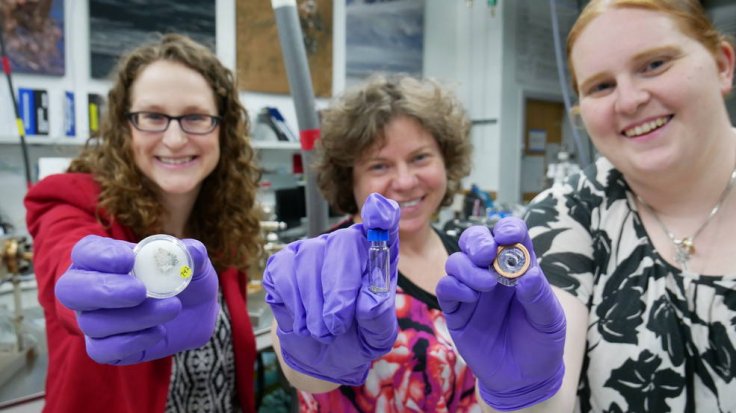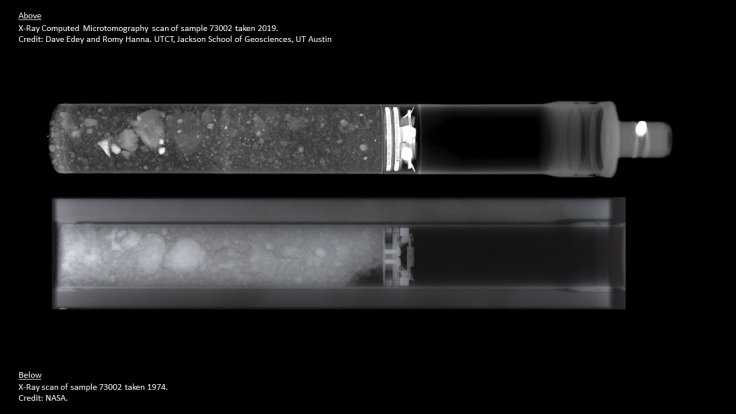Two scientific teams from NASA have been selected to open up and study a new batch of soil samples collected by Apollo missions on the Moon. The scientists will try to determine if the samples contain traces of extraterrestrial life.
Overall, a total of nine teams have been selected to study the lunar samples from the Apollo era. Two of them, namely the Astrobiology Analytical Laboratory and Mid-Atlantic Noble Gas Research Laboratory, are from NASA's Goddard Space Flight Center.

Waiting For 50 Years
The samples that the scientists will study were obtained by the agency through its Apollo missions, some of which date back to over 50 years ago. Back then, NASA's scientists had the foresight to store the samples instead of immediately studying them because the technology back then was still crude compared to its current state today. Scientists from the Apollo era believed that the scientific community would benefit more if the samples are studied using advanced technology.
For Jamie Elsila, at astrochemist at the Astrobiology Analytical Laboratory waiting for technology to improve will allow today's scientists to be able to conduct more thorough experiments and observations on the samples.
"We are using instruments that did not exist during early analyses of Moon samples," she said in a statement. "Because our tools today are more sensitive, we can analyze things that are present in tiny amounts. We also now can separate chemical compounds from a mixture, making it easier to identify them."
Understanding Evolution Of Life In Space

With today's modern technology, scientists are hoping to uncover new information regarding the Moon. Since the lack of oxygen and air has preserved the lunar surface, they believe the soil samples from the Apollo missions will contain traces of the Moon's formation. In addition, the samples could contain evidence of microbial life, which could shed light on the possible evolution of life within the Solar System.
Aside from learning about the Moon, scientists believe the soil samples will also provide new information about Earth. Since it is believed that the Moon was formed following a violent asteroid impact on Earth, unspoiled samples from the lunar surface could provide a deeper understanding of Earth's history.
"We don't have any rocks on Earth that are older than about 4 billion years old, so we don't know exactly how much volcanic activity there was or how heavily Earth was bombarded by asteroids," Barbara Cohen of the Mid-Atlantic Noble Gas Research Laboratory said.








